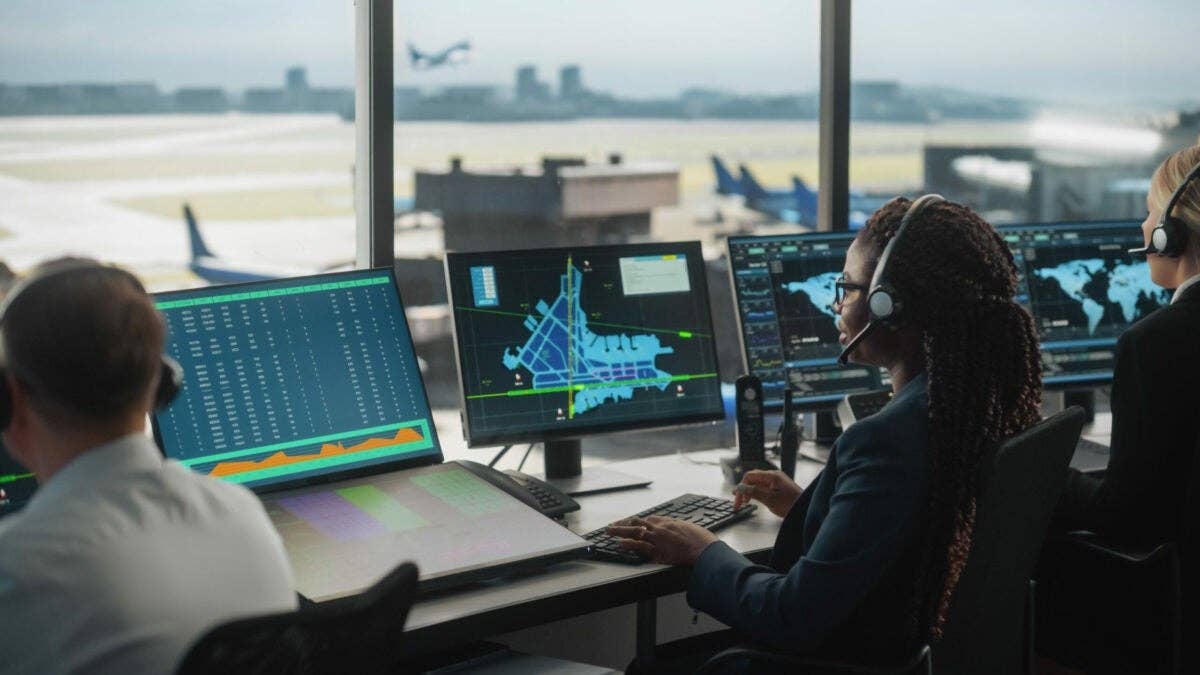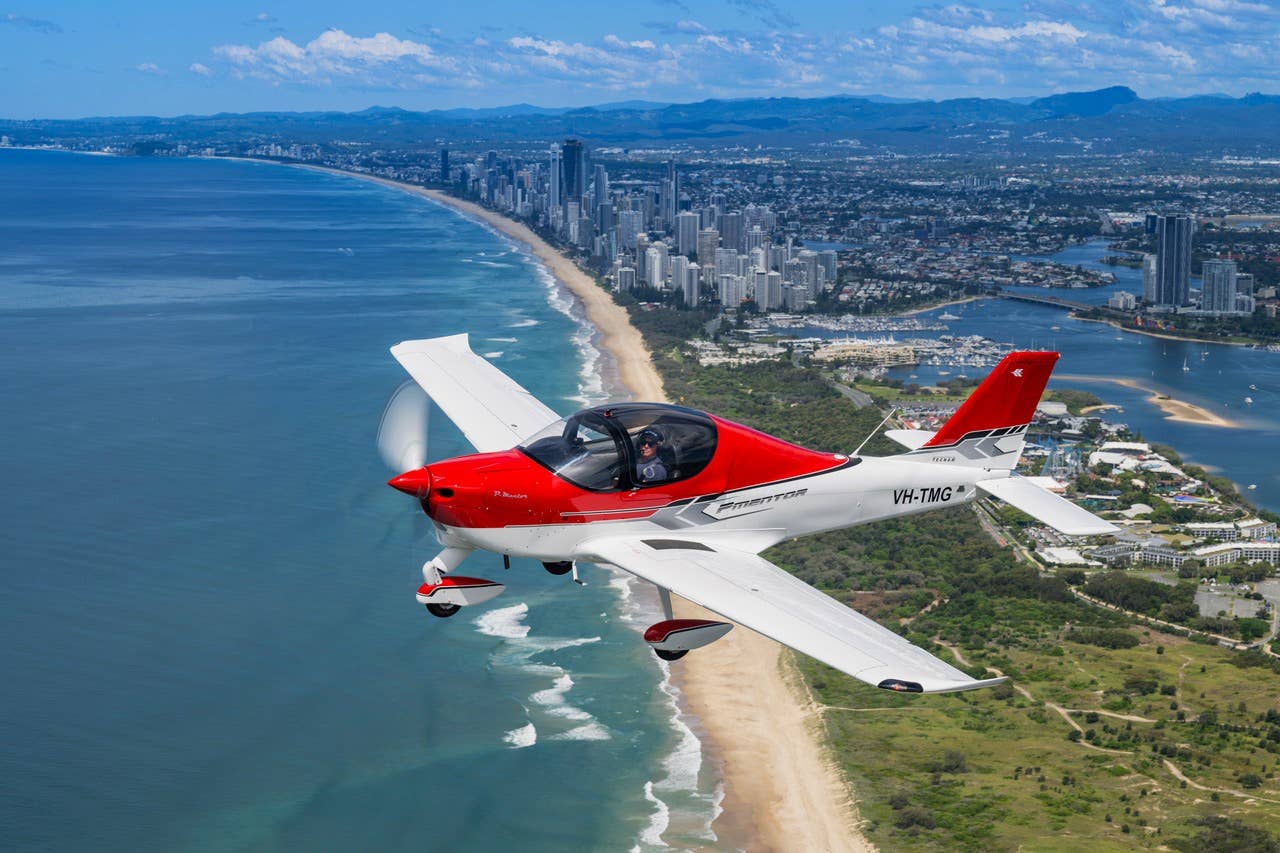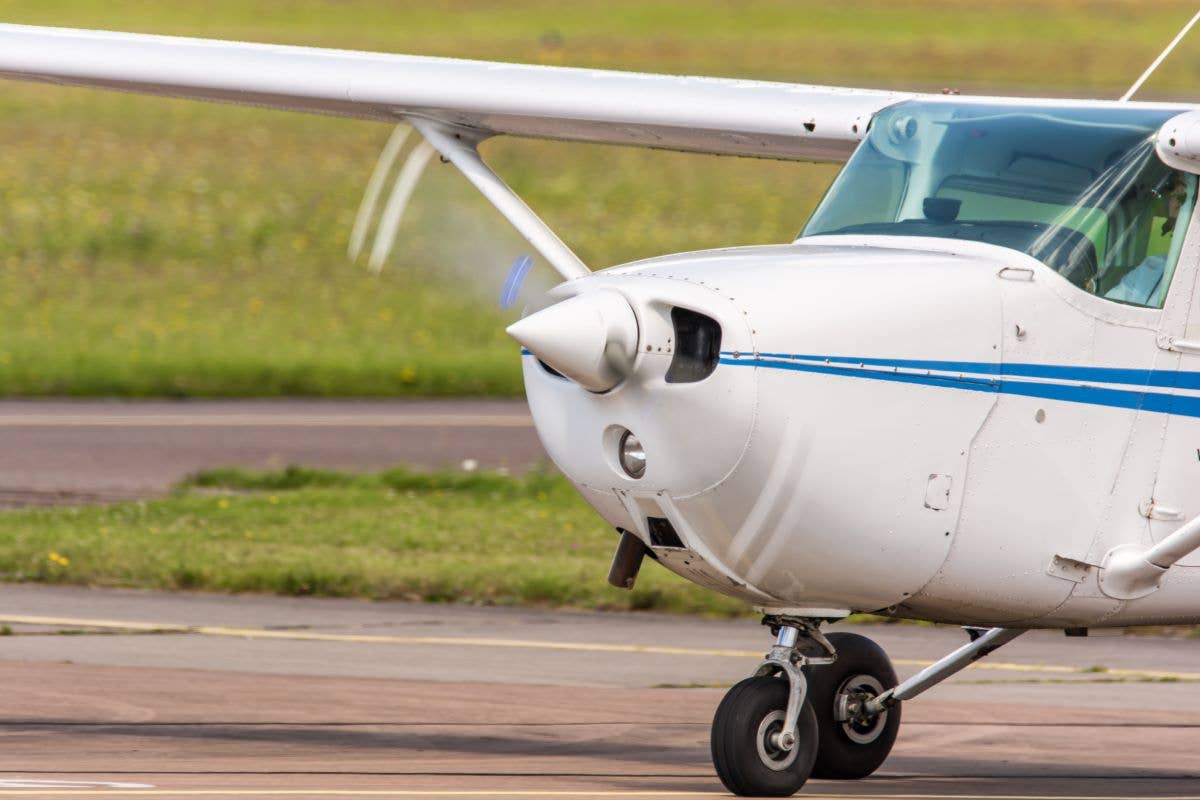
The crew of this Learjet failed to execute a go-around following an unstable approach the NTSB says led to a fatal crash. FlightAware
The National Transportation Safety Board said a pilot's failure to perform a go-around following an unstable approach resulted in a low-altitude stall and the subsequent crash of a Learjet Model 35 at Teterboro Airport, New Jersey (TEB) in May 2017. The remarks came during a March 12 public meeting.
After departing controlled flight during a circle-to-land maneuver, the Learjet 35A crashed into a commercial building and parking lot, about a half mile short of TEB's Runway 1 killing both pilots, the only occupants of the aircraft. In addition to failing to execute a go around, the NTSB said the flight crew committed multiple errors repeatedly failing to comply with Trans-Pacific Jets' standard operating procedures before and throughout the flight.
The NTSB said preflight planning by the pilot-in-command was inadequate and contained an incompatible altitude for the planned 28-minute flight from Philadelphia to Teterboro. The PIC also failed to secure weather information for the flight leg despite the company’s policy to do so within three hours of the flight.
Throughout the majority of the flight, the second-in-command acted as the pilot flying although he did not have the experience necessary to do so according to the company’s standard operating procedures. The pilot-in-command coached him extensively, interfering with his own pilot monitoring duties.
Approaching TEB, the crew did not conduct the required approach safety briefing or complete any checklist, which would have reduced their workload and provided them with a shared understanding of how the approach should be flown. This resulted in confusion on the part of both pilots and led to mismanaging the approach, as well as not initiating the circle-to-land maneuver when instructed by ATC. The NTSB created an animation to better explain the accident.
NTSB Chairman Robert Sumwalt emphasized during the meeting that some safety programs used by commercial airline operators are not required for Part 135 aircraft operations, which include on-demand and commuter flights as well as air medical service, air taxi, and charter flights. However, “if operators of these flights were required to use the same tools as airline operators, accidents like this might not happen,” Sumwalt said.
Deficiencies were noted in both pilot’s initial training, weaknesses the company did not subsequently monitor to identify and correct. Trans-Pacific Jets’ lack of safety programs to identify and correct patterns of poor performance and procedural noncompliance was a contributing factor in the crash.
The NTSB issued three new safety recommendations to the FAA following this investigation. First, require programs for flight crewmembers with performance deficiencies or failures during training and administer additional oversight and training to correct performance deficiencies. Next, develop guidance for Part 135 operators to help them create and implement effective crew resource management training programs. Finally, review Learjet operators’ manuals to determine whether they contain manufacturer-recommended approach speed wind additives and encourage operators without that information to add it to their operations documents.
The Board reiterated six recommendations addressing leadership training for upgrading captains, the installation flight data recording devices and implementation of flight data monitoring programs for Part 135 operators, the establishment of safety management systems for Part 135 operators, and procedures to identify Part 135 operators whose pilots do not comply with standard operating procedures.
The abstract of the Board's report is available here while the accident NTSB's information docket of exhibits that led to the decision is located here. The Board expects the print version of the final report to be ready in a few weeks.

Sign-up for newsletters & special offers!
Get the latest FLYING stories & special offers delivered directly to your inbox






